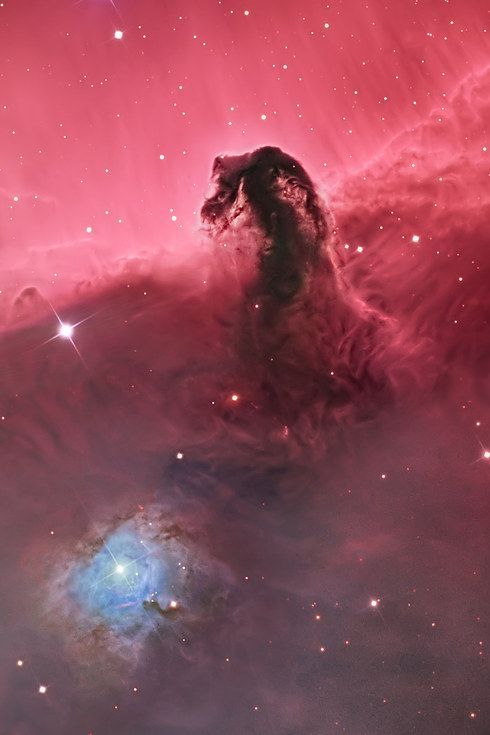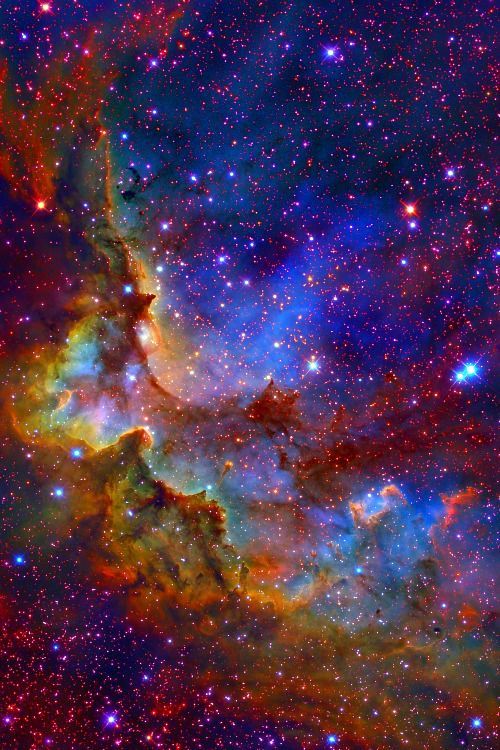space-and-stuff-blog1
Just Space, math/science and nature. Sometimes other things unrelated may pop up.
119 posts
Latest Posts by space-and-stuff-blog1
![Auroras On Jupiter [NASA/ESA Hubble]](https://64.media.tumblr.com/3c398bbe2f14958639a930dd0317b628/tumblr_o9mooygKxP1qd479ro1_500.gif)
Auroras on Jupiter [NASA/ESA Hubble]

Glorious star formation in NGC 1569, a galaxy in our local neighbourhood. Taken by Hubble.
Source

In this new image from the NASA/ESA Hubble Space Telescope, a firestorm of star birth is lighting up one end of the diminutive galaxy LEDA 36252 — also known as Kiso 5649.
(via LEDA 36252, a cosmic tadpole | ESA/Hubble)

from where we camped. the locals laughed that all we brought was hash, water and fireworks (at Great Wall Of China, Mutianyu Section)




Anticrepuscular rays are spectacular optical phenomena that are quite rare and they require the viewer to have his or her back to the sun or sunset point. They are columns of sunlit air streaming through gaps in clouds. Yet while the former seem to converge from the sun, anticrepuscular rays converge toward the antisolar point, the point in the sky directly opposite the sun, creating some stunning effects. (Source)

Jupiters Clouds from New Horizons via NASA http://ift.tt/291jPFi

Juno: Jupiter and the Galilean moons from 10.9 million km away, June 21st 2016. The probe will enter orbit around Jupiter on July 4th. Image credit: NASA/JPL-Caltech/MSSS

Object Names: NGC 6888, The Crecent Nebula
Image Type: Astronomical
Credit: NASA
Time And Space


Not cars but…
X-57 Electric Plane (nicknamed Maxwell). NASA has announced an experimental electric airplane called the X-57, which could reduce flight times and carbon emissions for passenger planes in the future. The plane, which will test the space agency’s new propulsion technology, is nicknamed after James Clerk Maxwell, the 19th century Scottish physicist who worked in the field of electromagnetism. The space agency’s Scalable Convergent Electric Propulsion Technology Operations Research project plans to build the plane by modifying the existing Italian-designed Tecnam P2006T twin-engine light aircraft. The X-57 will use a long skinny wing embedded with 14 electric motors. Twelve of the motors will be positioned on the leading edge of the plane for take offs and landings, while the larger motor on each wing tip will be used while at cruise altitude. It will be powered only by batteries, eliminating carbon emissions altogether. NASA hopes to demonstrate that X-57 technology could benefit travellers by reducing journey times, aircraft noise and fuel usage, as well as reducing operational costs for small airplanes by as much as 40%. While fuel-powered planes typically need to fly slower in order to get the best fuel efficiency, electric propulsion could help to tackle this problem, according to the space agency. X-57 is part of NASA’s decade-long New Aviation Horizons initiative, which will see it develop as many as five larger X-Planes with the aim of eventually producing them commercially.
source

The stars of the Large Magellanic Cloud
![Original Photo By Jrhfoto : [OC] Stars Over The Blue Ridge Parkway [1333 × 2000] Photo From /r/SkyPorn:](https://64.media.tumblr.com/056c3f1840ee5b1c5c912aa80e07929d/tumblr_o8ou7jNxJ31u721dwo1_500.jpg)
Original Photo by jrhfoto : [OC] Stars over the Blue Ridge Parkway [1333 × 2000] Photo from /r/SkyPorn: http://ift.tt/1ZJv7wW Courtesy of IFTTT.

Hubble Unveils Monster Stars
The image shows the central region of the Tarantula Nebula in the Large Magellanic Cloud. The young and dense star cluster R136 can be seen at the lower right of the image. This cluster contains hundreds of young, blue stars, among them the most massive stars detected in the universe so far. Astronomers using NASA’s Hubble Space Telescope were able to conduct a detailed imaging and spectroscopic study of the central and most dense region of this cluster. Here they found nine stars with masses greater than 100 times the mass of the sun. The cluster is located 170,000 light-years away from Earth.
Image credit: NASA Hubble

Blick vom Rande des Tiefenbacher Moos auf die Hörnerkette - Berge (Ofterschwanger Horn, Sigiswanger Horn, Rangiswanger Horn). Allgäu, Bayern.
By Thorsten Nunnemann
Portfolio | Facebook | Twitter

Sweet dreams are made of stars | Mika Suutari

This gigantic lens, built for NASA to record space launches, is up for sale: http://bokeh.digitalrev.com/article/gigantic-1000mm-nasa-lens-up-for-sale

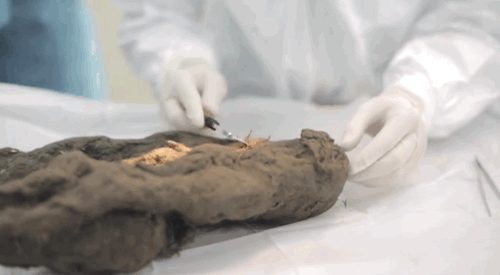
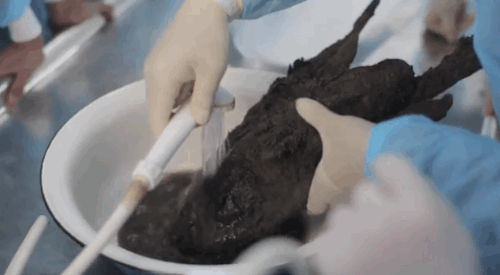
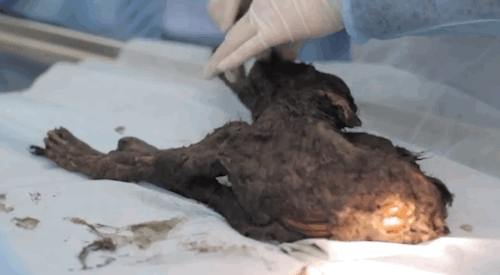
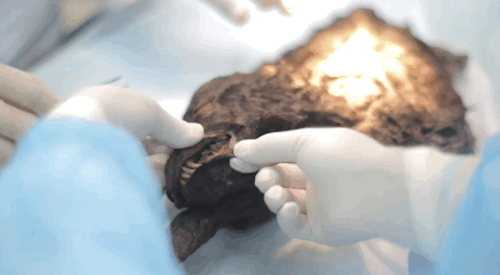
This 12,400-year-old puppy may be brought back to life using cloning
Well-preserved remains of a 12,400-year-old puppy from the extinct Pleistocene canid species have been discovered near the Tumat village in the Sakha Republic of Russia. Scientists believe the puppy was an ancient pet — one of man’s first best friends. How they plan to bring the animal back to life.
Follow @the-future-now






